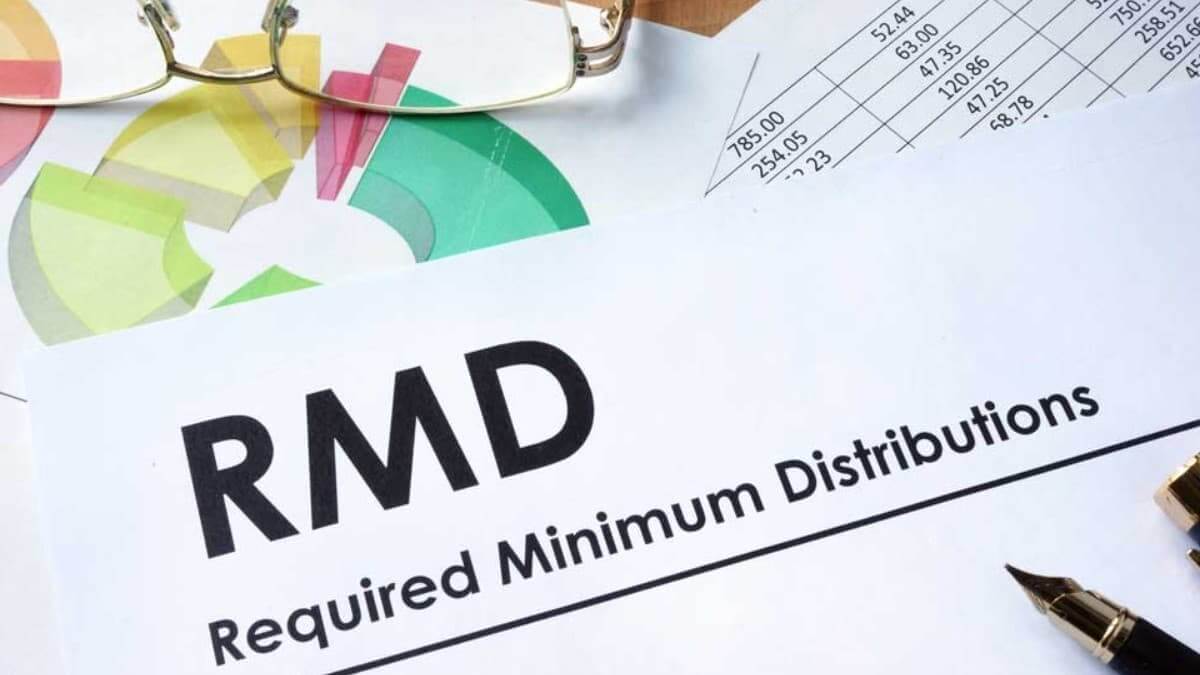
The Required Minimum Distribution, shortly known as RMD, is the minimum amount a retiree needs to withdraw from their account every year after they reach 72 years of age.
Anybody can calculate their RMD by dividing the year-end value of the retirement account by the distribution period value that matches their age at the end of the year. Since a retiree will have a different RMD after 72, it must be calculated every year.
Here is the distribution period for every range from 72 to 115 according to the RMD worksheet tables to help you figure out the minimum distribution. You can also download the PDF version of the RMD tables below.
- Age 72: 25.6
- Age 73: 24.7
- Age 74: 23.8
- Age 75: 22.9
- Age 76: 22.0
- Age 77: 21.2
- Age 78: 20.3
- Age 79: 19.5
- Age 80: 18.7
- Age 81: 17.9
- Age 82: 17.1
- Age 83: 16.3
- Age 84: 15.5
- Age 85: 14.8
- Age 86: 14.1
- Age 87: 13.4
- Age 88: 12.7
- Age 89: 12.0
- Age 90: 11.4
- Age 91: 10.8
- Age 92: 10.2
- Age 93: 9.6
- Age 94: 9.1
- Age 95: 8.6
- Age 96: 8.1
- Age 97: 7.6
- Age 98: 7.1
- Age 99: 6.7
- Age 100: 6.3
- Age 101: 5.9
- Age 102: 5.5
- Age 103: 5.2
- Age 104: 4.9
- Age 105: 4.5
- Age 106: 4.2
- Age 107: 3.9
- Age 108: 3.7
- Age 109: 3.4
- Age 110: 3.1
- Age 111: 2.9
- Age 112: 2.6
- Age 113: 2.4
- Age 114: 2.1
- Age 115 and up: 1.9
To calculate RMD, simply divide the IRA balance on December 31 of the past year. The result is the RMD for the current year.